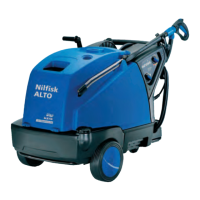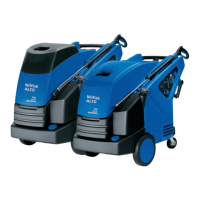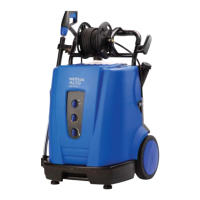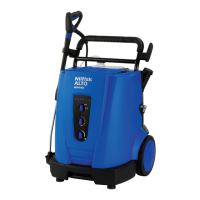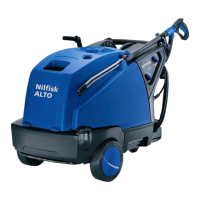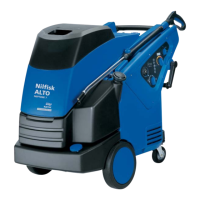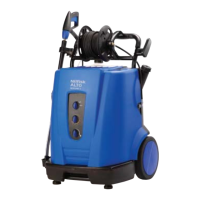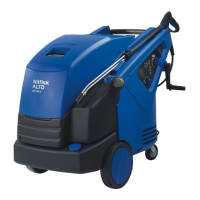What to do if my Nilfisk-ALTO Pressure Washer is leaking (LEA)?
- AAlyssa LynchNov 22, 2025
If your Nilfisk-ALTO Pressure Washer is leaking, it could be due to several reasons: * Leakage or inadmissible operating condition by short-time operation. * Spray gun leaking. * High pressure hose, coupling or line system leaking. * Detergent tank empty. * Water inlet filter dirty. * High-pressure pump drawing in air. Here are some suggested solutions: * After three times of short-time operation the machine switches off. To reset: Turn main switch to position “OFF“, then start again. Keep trigger squeezed for longer than 3 seconds. If a leak occurs in the hose and gun and causes the machine to start and stop briefly 3 times, then the machine will switch off. * Repair the spray gun. * Replace the high-pressure hose or retighten screw fittings. * Fill the detergent ta...



